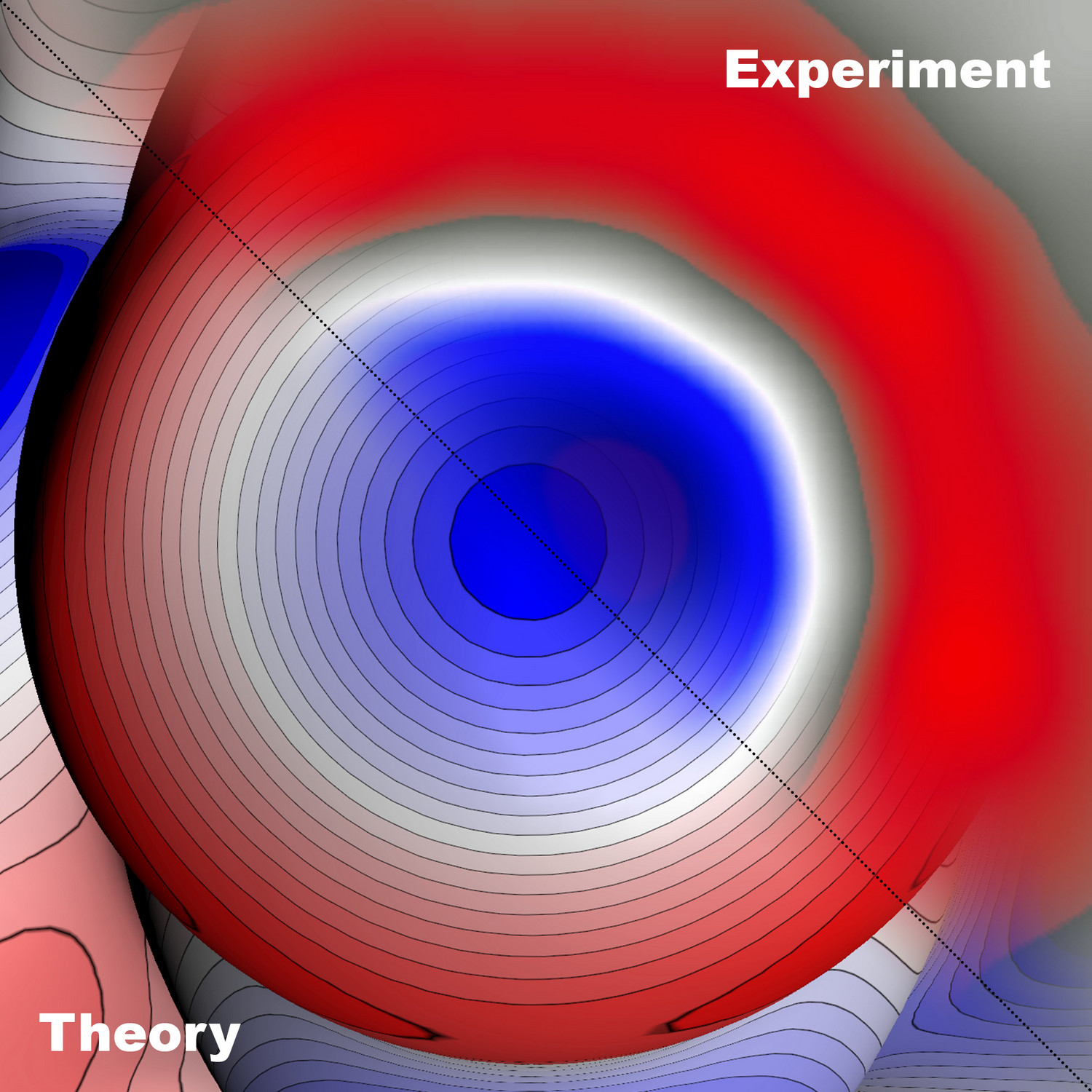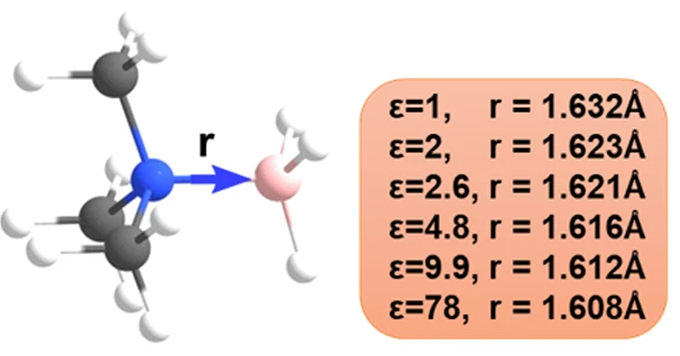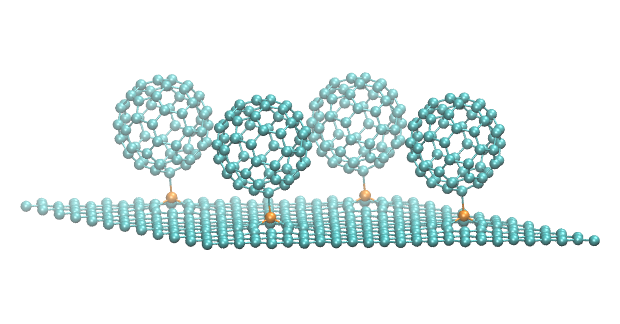Scientists continue to push the boundaries of imaging techniques and reveal the mysterious world of molecules
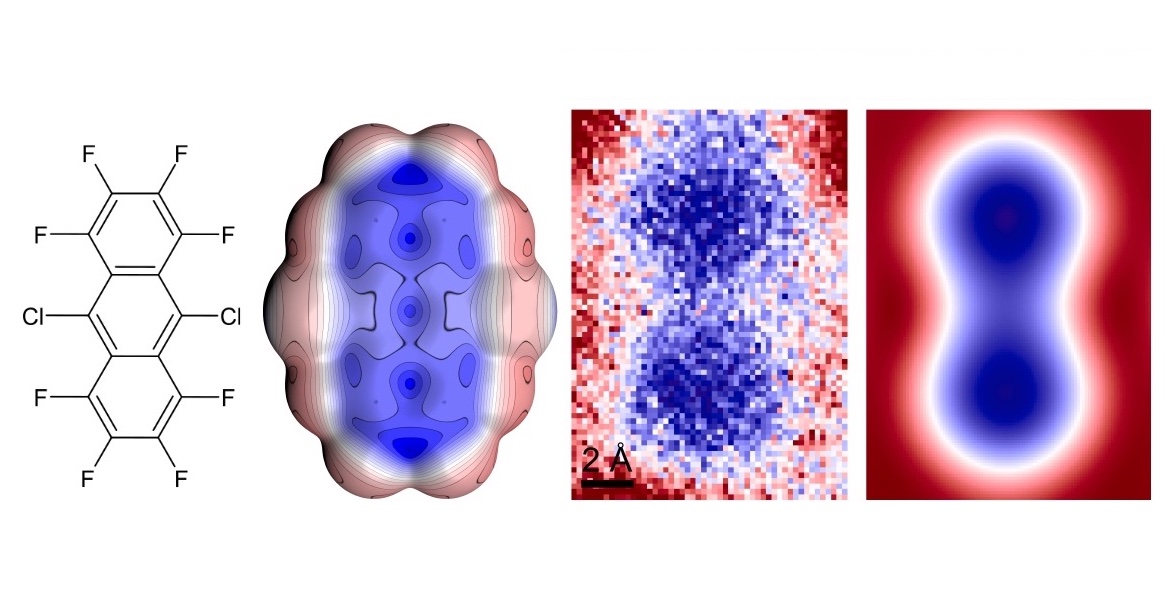
Scientists from the IOCB Prague, the Institute of Physics of the Czech Academy of Sciences, and Palacký University Olomouc, have once again successfully uncovered the mysteries of the world of molecules and atoms. They have experimentally confirmed the correctness of a decades-old theory that assumed a non-uniform distribution of electron density in aromatic molecules. This phenomenon significantly affects the physicochemical properties of molecules and their interactions. This research expands the possibilities for designing new nanomaterials and is the theme of a paper that has just been published in Nature Communications.
The same team of authors in its previous groundbreaking study published in Science described the non-uniform distribution of electrons in an atom, the so-called σ-hole. Now the researchers have confirmed the existence of the so-called π-hole. In aromatic hydrocarbons, we find electrons in clouds above and below the plane of carbon atoms. If we replace the peripheral hydrogens with more electronegative atoms or groups of atoms that pull electrons away, the originally negatively charged clouds turn into positively charged electron holes.
Scientists have taken the advanced method of scanning electron microscopy and pushed its capabilities further. The method works at subatomic resolution and can therefore image not only atoms in molecules but also the structure of the electron shell of an atom. As one of the researchers involved, Bruno de la Torre from the Czech Advanced Technology and Research Institute (CATRIN) of Palacký University Olomouc, points out, the success of the experiment described here is mainly due to the excellent facilities at his home institution and the participation of excellent Ph.D. students.
"Thanks to our previous experience with the Kelvin Probe Force Microscopy (KPFM) technique, we have been able to refine our measurements and acquire very complete data sets that have helped us to deepen our understanding not only of how the charge is distributed in the molecules but also of what observables are obtained with the technique," says Bruno de la Torre.
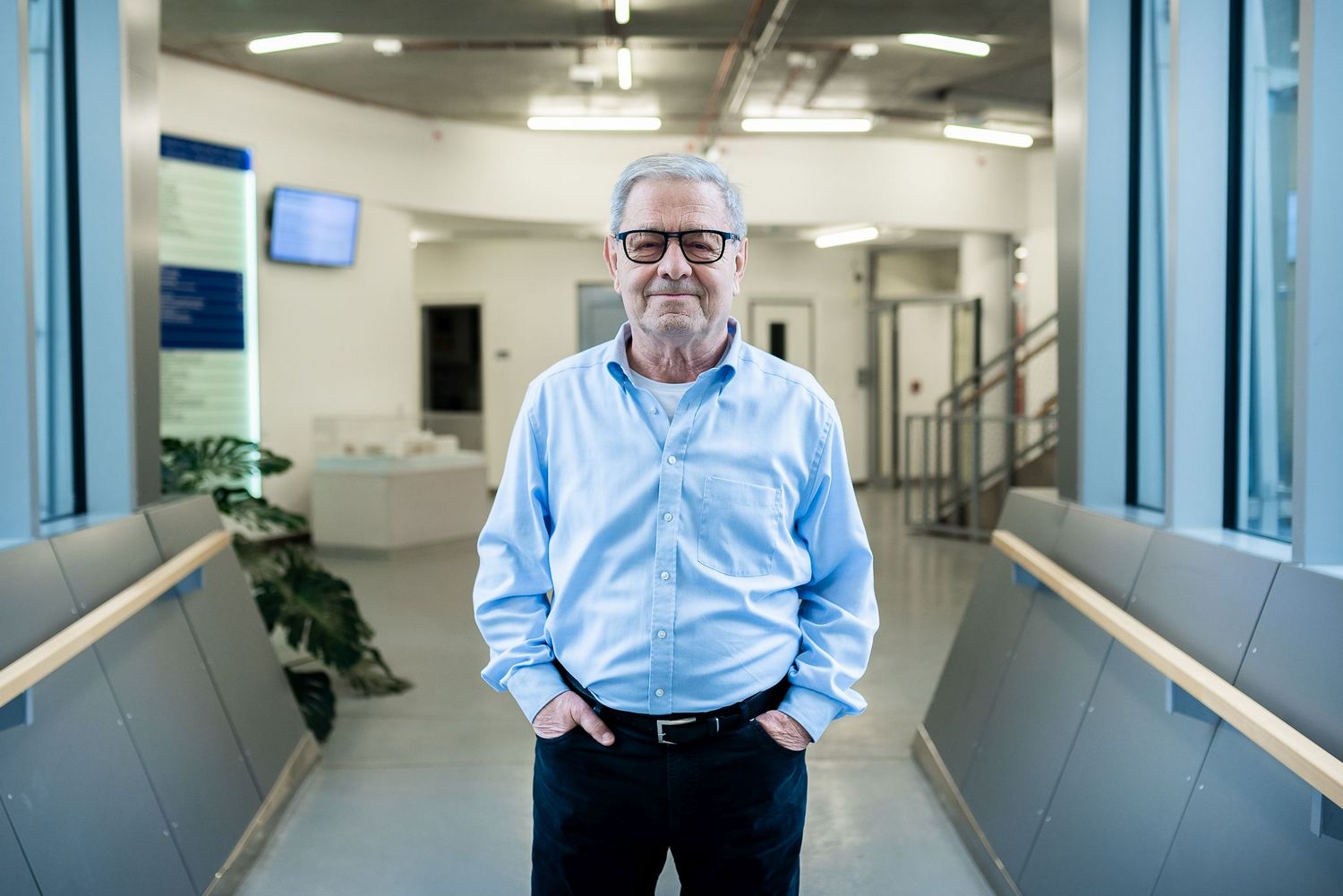
Modern force microscopy has long been the domain of researchers at the Institute of Physics. Not only in the case of molecular structures have they used the unprecedented spatial resolution to the full. Some time ago they confirmed the existence of a non-uniform distribution of electron density around halogen atoms, the so-called σ-holes. This achievement was published in 2021 by Science. The former as well as current research was significantly contributed to by one of the most cited Czech scientists of today, Prof. Pavel Hobza from the Institute of Organic Chemistry and Biochemistry of the Czech Academy of Sciences (IOCB Prague).
"The confirmation of the existence of the π-hole, as well as the σ-hole before it, fully demonstrates the quality of the theoretical predictions of quantum chemistry, which have accounted for both phenomena for decades. It shows that they can be relied upon even in the absence of available experiments," says Pavel Hobza.
The results of Czech scientists’ research at the subatomic and submolecular levels can be compared to the discovery of cosmic black holes. They had also been theorized for decades before their existence was confirmed by experiments.
A better knowledge of the distribution of the electron charge will help the scientific community to understand many chemical and biological processes in the first place. On a practical level, it will translate into the ability to build new supramolecules and subsequently into the development of advanced nanomaterials with improved properties.
Original article
- Mallada, B., Ondráček, M., Lamanec, M., Gallardo, A., Jiménez-Martin, A., de la Torre, B., Hobza, P., Jelínek, P. Visualization of π-hole in molecules by means of Kelvin probe force microscopy. Nat Commun 14, 4954 (2023). https://doi.org/10.1038/s41467-023-40593-3





